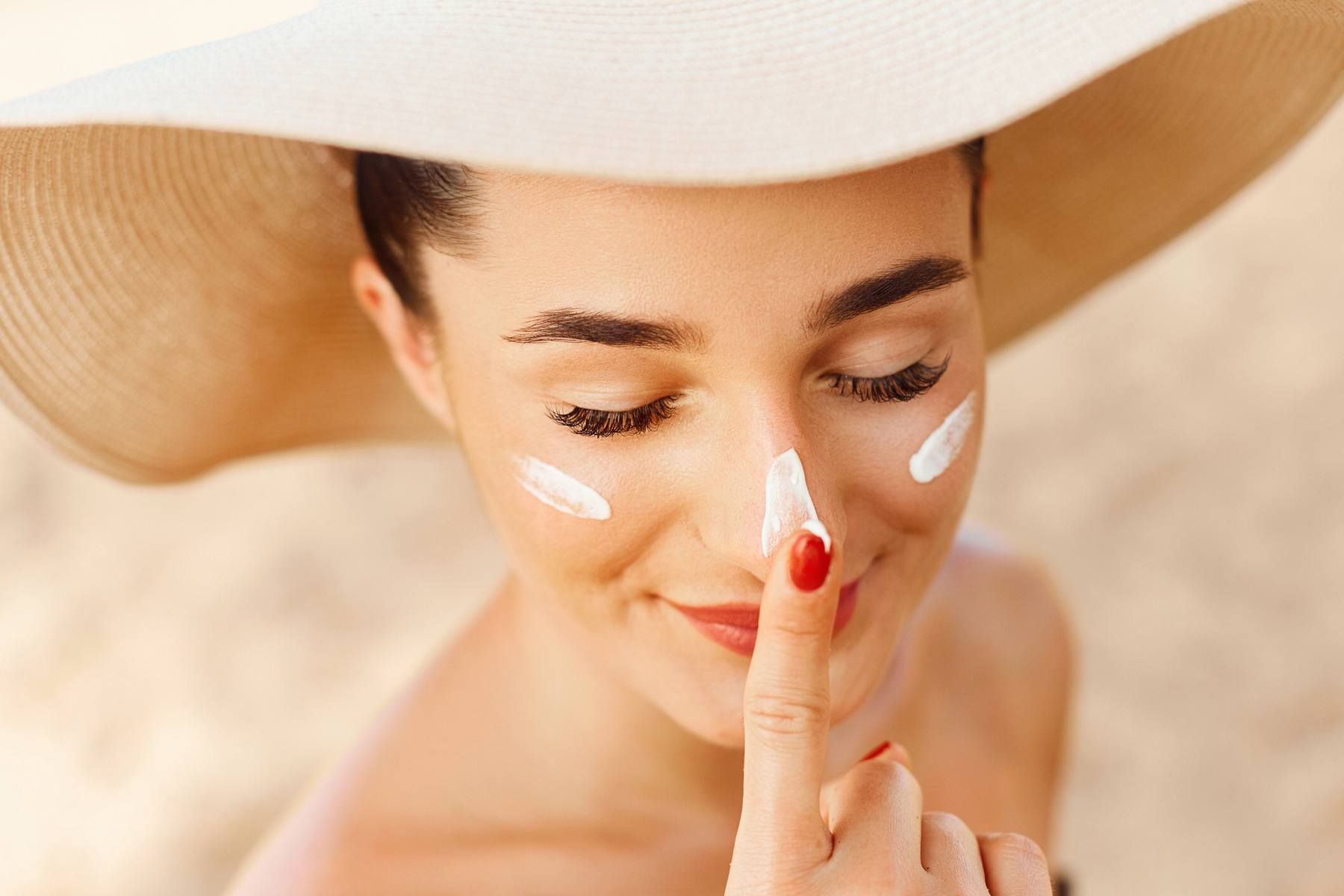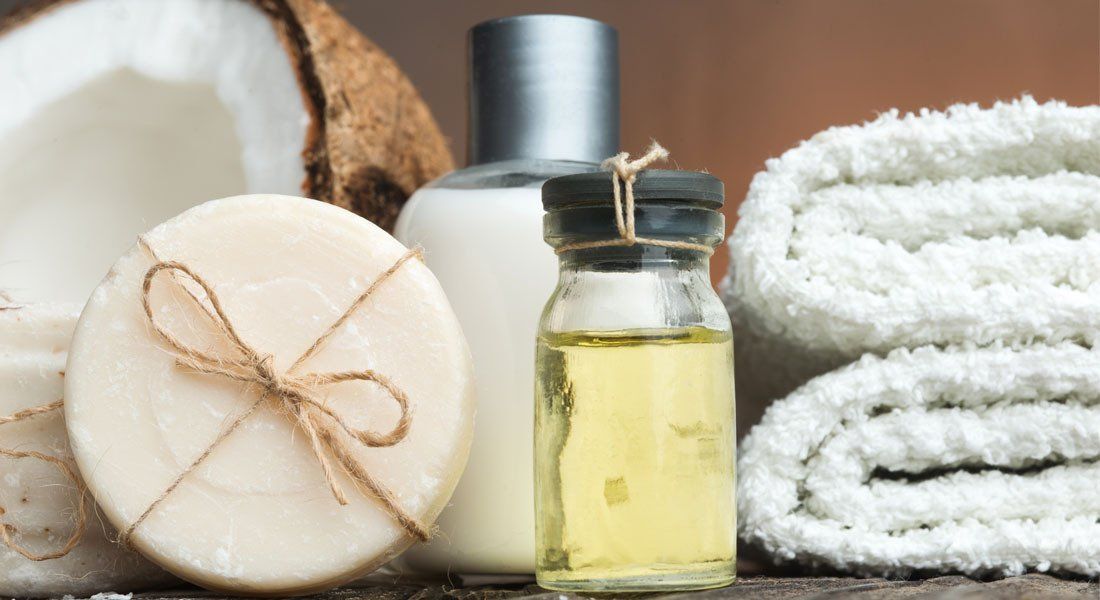Save Your Skin with Sunscreen
You take excellent care of your skin with morning and evening routines, nourishing products, and by drinking lots of water. Don’t let your hard work go to waste. Take the time to protect your soft, silky, glowing skin from the harsh UV rays of the sun, pollution, and environmental conditions, by regularly applying sunscreen with an SPF (Sun Protection Factor) of 30 or higher. Sunscreen should be your best friend. It protects your skin and helps delay aging at the same time.
What is Sunscreen, and Why Do You Need It?
Sunscreen is a product used to lessen the damage UV rays can cause your skin. Without it, the sun can burn your skin, making it feel sore, angry, and crispy textured. It can also cause peeling, or worse yet, blisters, and charring. Consistent sun damage can cause skin cancers and accelerate aging. In the years before SPF was invented, people used different products to protect themselves. Ancient Greeks, for example, used olive oil (modern day technology identifies this roughly as a protection of SPF 8.) Indigenous people in North America used pine needles and sunflower oil to protect their skin, Hawaiians used coconut oil, while sailors on the open seas wore hats, long sleeves, and pants to cover their skin to protect it. SPF was invented and began selling commercially pre-1950, and is now widely available worldwide in many formulas, brands, and types.
What Makes a Good Sunscreen?
As time has gone on, sunscreens keep getting better and better. They are created for, and suitable for, any and all skin types. With a regular routine and reapplication according to the instructions on product labels, they literally save your skin. There is yet no such thing as one hundred percent waterproof sunscreen although some are water resistant, so be sure to reapply after swimming or sweating. SPF ratings now come as high as 50, and most people tend to use this. Remember, sunscreen should not be mixed. Do not use expired products as they can put your skin at risk for sunburns. Avoid your eyes, mouth, and open sores.
Let’s Compare Mineral and Chemical Sunscreen
Mineral sunscreen, also referred to as physical sunscreen, is a physical shield which lies on top of your skin to protect it from the sun. It is a barrier that contains natural minerals like zinc oxide, and titanium oxide, and blocks the sun’s UV rays before they can penetrate the skin. It is effective immediately and is better tolerated by sensitive skin. While older versions of mineral sunscreen tended to leave a white film, or white cast on the skin, it has greatly improved over time. Mineral sunscreen also lasts longer in direct sunlight, though will need to be reapplied as per product directions, generally after two hours, or after swimming or sweating.
Chemical sunscreen can include the chemicals octinoxate and avobenzone, which absorb and convert UV rays to heat energy before releasing them from your body. Chemical sunscreen can cause skin irritation to those with sensitivities, and need to be reapplied as necessary, according to box directions.
Sunscreen for the Face goes on the Face
There are various formulas of sunscreen, targeting both the face and body. The differences in the products rely on the texture and thickness of the sunscreen. Skin on the face is more sensitive and can react differently than the skin on your body. Pores on the face can be blocked more easily and are fragile.
Sunscreen for the face also deals with shininess, how compatible it is with makeup, and is usually on the thinner side so it doesn’t feel too thick or gloopy. Always apply sunscreen pre-makeup applications.
There is a higher oil content in most body sunscreens and the product tends to be thicker. The UV filt
are generally the same, although product size is different with the body product typically coming in a
larger container because you use more at a time. Regardless if you are applying sunscreen to your face or
body, consistent re-application is crucial to protecting your skin.
After-Sun Care
Let’s take care of skin after too much sun by using an aloe vera gel or comparable product which will feel cooling, calming, and nourishing. After sun-products should allow the heat from your skin to pass through the product. Avoid products that lock in moisture and avoid heavily fragranced or chemical products which may irritate your skin. In the event you burn yourself, take the time to baby your scorched skin. Use cold compresses and drink lots of water. Do not peel or pop any blisters that may form.
Extra Tips and Tricks
When applying sunscreen, rubbing in by hand is an effective way of knowing you covered all of your exposed skin. If using spray on sunscreen, take the time to apply the product evenly. Remember to apply sunscreen to the following most commonly forgotten areas: backs of your hands, the sides and back of your neck, your upper chest, your lips, the tops of your ears, and the tops of your feet. If you’re using lightening products to brighten your skin, be sure to apply sunscreen diligently, or you risk the sun counteracting your desired effect and darkening your skin. Any exfoliation on the face or body, whether manual or chemical, removes dead skin cells and exposes fresh, smooth skin in need of protection from the sun.
You can also cover up your skin instead of using sunscreen, by wearing long sleeves, pants, and hats. Alternatively, seek shade instead of direct sun. For those who love the look of sun-kissed skin, consider makeup as an alternative to tanning. Tanning is your skin’s reaction to UV rays, and there are countless bronzer brands and formulas that achieve the sun-kissed look without the accompanying damage. You can also consider using readily available self-tanning products.
Your skin is at risk, so make the commitment to doing your best with frequent applications, and an SPF rating of 30 plus. Sunscreen may not be sexy, but it will be your best friend, both protecting and preserving your glowing, soft, silky, smooth skin. Discover the latest sunscreens available at Glow Spa.




